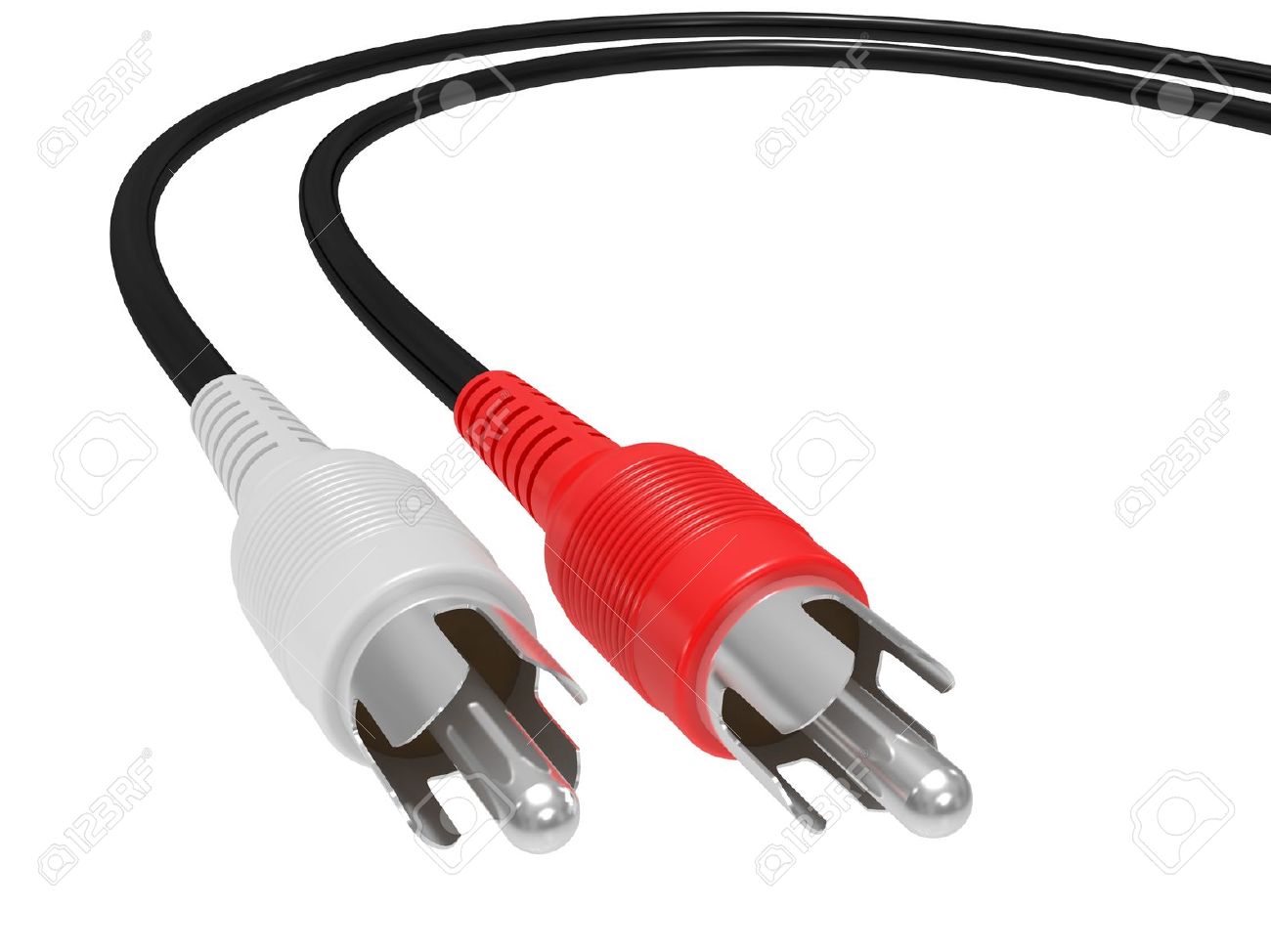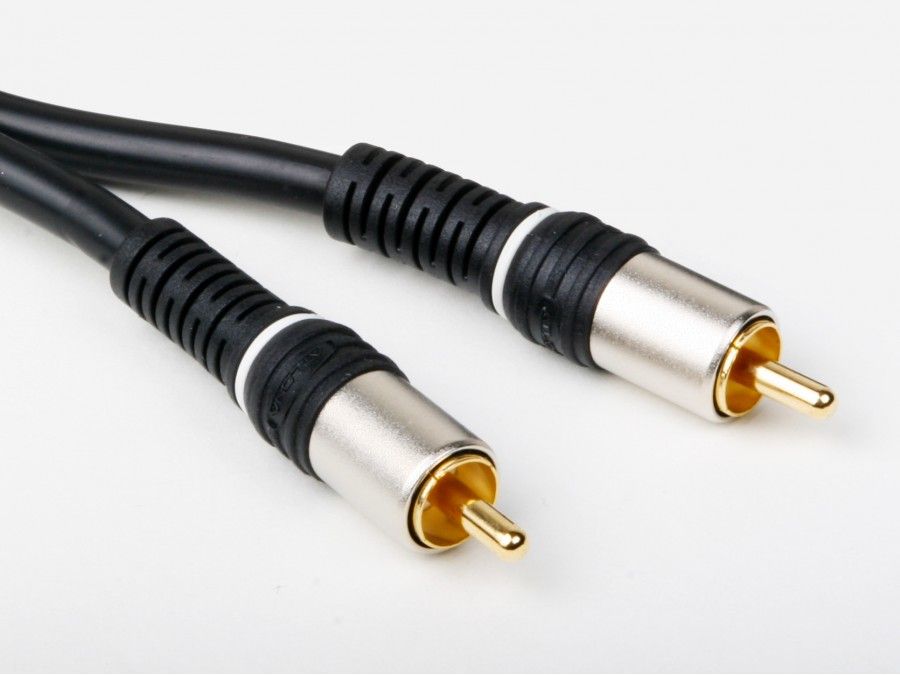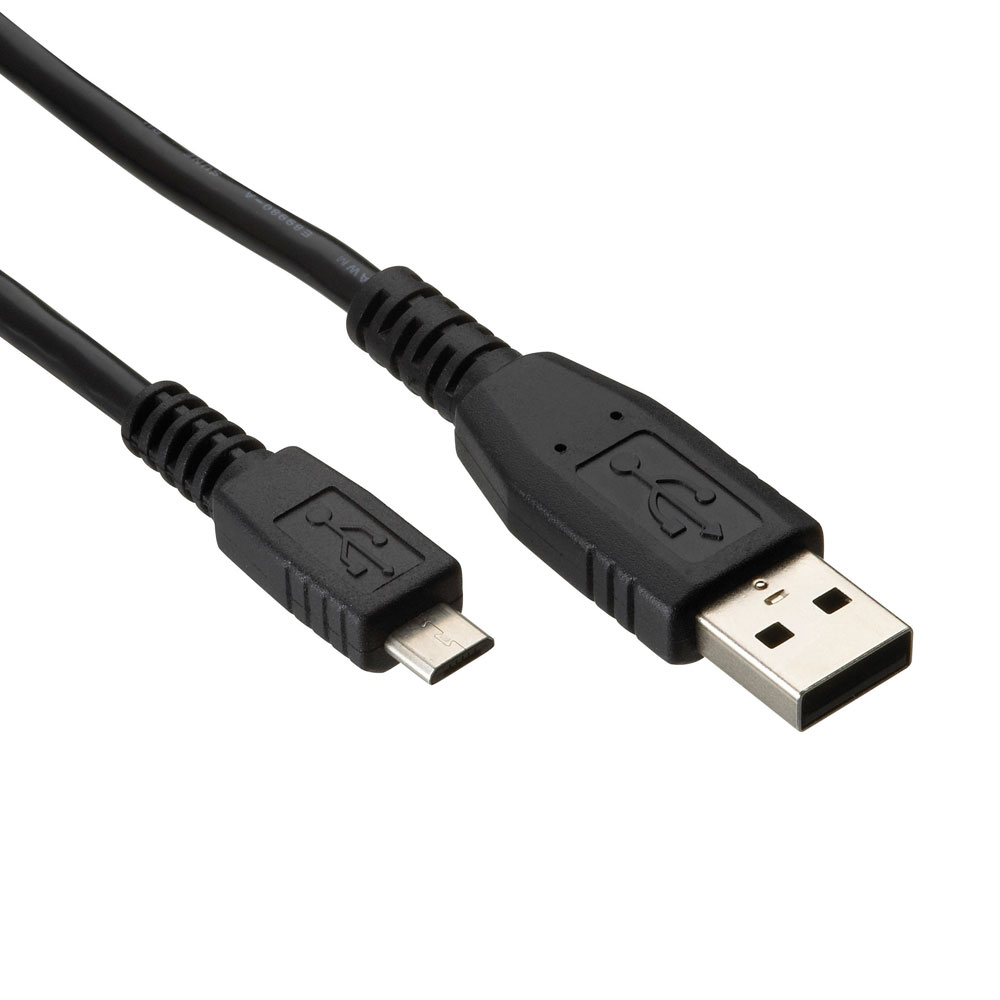With a capable audio system, higher quality cables are needed to transmit music more accurately. Although there are many overpriced high end audio cables on the market, there are options that will provide increased performance without spending a lot of money. A significant increase in performance can be seen between a basic cable that is provided with a device/system, and an aftermarket cable specifically intended for audio (purchased from the lower mid-range price bracket).
“A high quality signal needs a high quality cable to avoid signal loss.”
RCA cables are the most common for analog signals. Learn more about analog sources here: Analog playback

Analog RCA audio cable: Used to transmit an analog signal between two components, usually a turntable and amplifier.
The following cables are common for digital signals. Digital signals usually come from computers, CD players, TV’s, and media streamers. Learn more about digital sources and signals here: Digital playback

Digital coaxial audio cable: Often found on CD players and network devices, this cable can go between a digital source and DAC component.

Digital optical audio cable: Similar to coaxial, an optical cable transmits digital signals but does it, using light pulses.

USB cable: This cable usually connects a compute and DAC for a high quality computer-based system.
The increase in performance seen with higher-end audio cables is from reducing signal loss. As the cable quality improves, the cable will lose less of the signal, leading to a better listening experience.
A good cable should have the correct resistance for the signal it is transmitting, a low capacitance, and be the correct size for the current it will be carrying. In general, when a higher current is needed, a larger cable diameter is needed (also known as reducing the gauge). Different types of cables should also meet certain resistance requirements for the types of signals they will carry. All cables that transmit electrical signals should also be shielded to prevent stray electromagnetic interference (EMI) and radio frequency interference (RFI) from affecting the signal. Gold plated connectors are important for accurate signal transfer too.
Next, amplification plays a very critical role in synthesizing of music and its amplitude. Amplification will help to understand how amplification impacts listening music.
SITE MAP